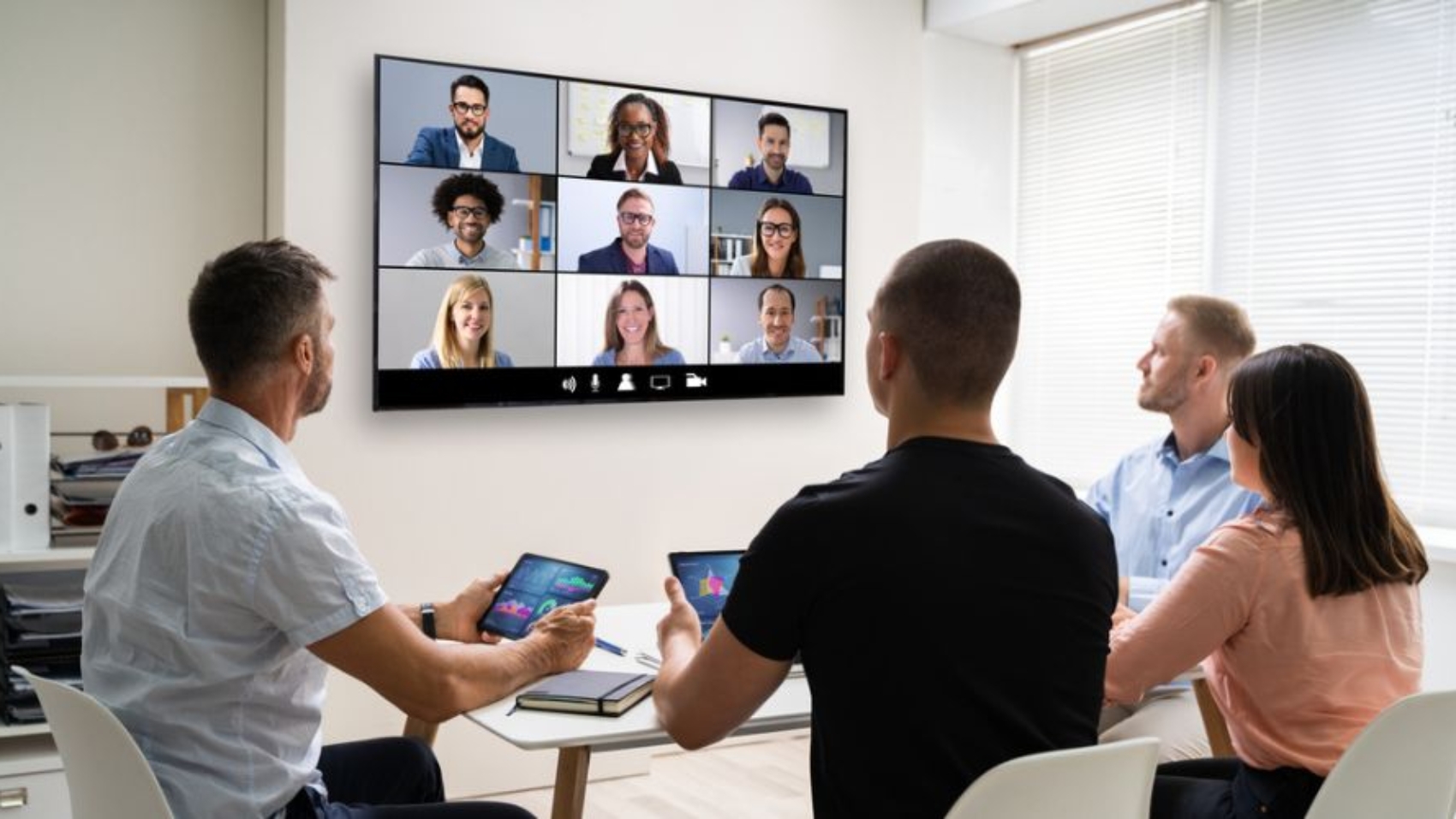In today’s digital age, it’s essential for students to develop the skills and knowledge to navigate the online world responsibly and ethically. Interactive panel display serve as powerful tools to promote digital citizenship education in the classroom. By integrating interactive panels into lessons and activities, educators can address key aspects of digital citizenship and empower students to become responsible digital citizens.
How interactive panel display address digital citizenship:
1. Internet Safety and Security
Interactive flat panel display can be used to teach students about internet safety and security practices. Educators can demonstrate how to identify and avoid online risks such as cyberbullying, phishing scams, and inappropriate content. Interactive panel display provide opportunities for students to engage with interactive scenarios, quizzes, and discussions that reinforce safe and responsible online behaviors.
2. Digital Literacy and Media Literacy
interactive panel display support digital literacy and media literacy education by providing access to a wide range of digital resources and tools. Educators can use interactive panel display to teach students how to critically evaluate online information, distinguish between credible and unreliable sources, and analyze digital media messages. interactive panel display enable students to engage with multimedia content, conduct online research, and develop essential digital literacy skills.
3. Responsible Social Media Use
interactive panel display can be used to discuss responsible social media use and digital etiquette. Educators can lead interactive discussions about the impact of social media on individuals and society, including issues such as online privacy, digital footprints, and cyberbullying. interactive panel display provide a platform for students to explore real-life case studies, scenarios, and role-playing activities that promote responsible social media behavior.
4. Copyright and Fair Use
interactive panel display enable educators to teach students about copyright laws, fair use guidelines, and intellectual property rights. Teachers can use interactive panel display to explain concepts such as plagiarism, citing sources, and respecting copyright when using digital content. interactive panel display provide students with opportunities to engage in discussions, debates, and interactive activities that deepen their understanding of copyright issues and ethical use of digital resources.
5. Online Communication and Collaboration
interactive panel display facilitate online communication and collaboration among students in a safe and controlled environment. Educators can use interactive panel display to teach students effective communication skills, including online etiquette, netiquette, and respectful online behavior. interactive panel display enable students to practice digital communication skills through collaborative projects, online discussions, and virtual teamwork activities.
6. Critical Thinking and Problem-Solving
interactive panel display support the development of critical thinking and problem-solving skills essential for navigating the digital world effectively. Educators can use interactive panel display to present students with real-life scenarios, ethical dilemmas, and digital citizenship challenges. Interactive panels provide students with opportunities to analyze, evaluate, and problem-solve as they navigate complex issues related to digital citizenship.
Conclusion
interactive panel display serve as valuable tools for addressing key aspects of digital citizenship education in the classroom. By integrating interactive panel display into lessons and activities, educators can promote internet safety and security, digital literacy and media literacy, responsible social media use, copyright and fair use, online communication and collaboration, and critical thinking and problem-solving skills. Through interactive discussions, activities, and simulations, interactive panel display empower students to become responsible digital citizens who can navigate the online world safely, ethically, and responsibly. As digital citizenship becomes increasingly important in the 21st century, interactive panel display will continue to play a vital role in preparing students for success in the digital age.











